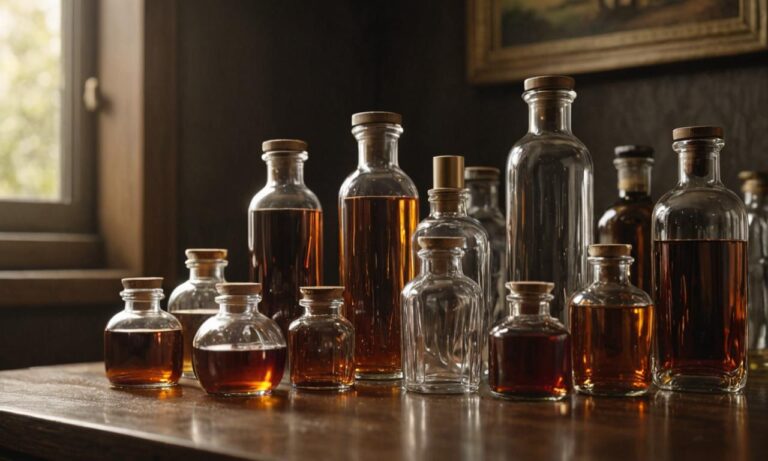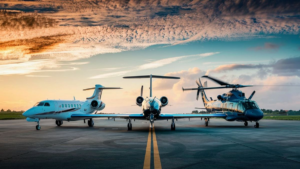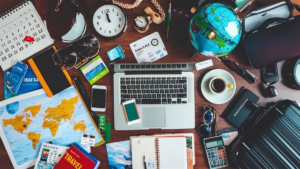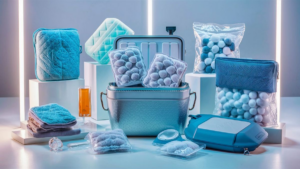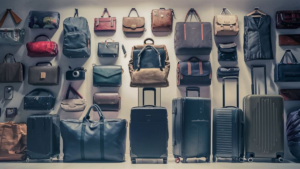When preparing for air travel, understanding the regulations regarding the size of bottles you can bring on a plane is crucial. Airlines and security agencies enforce specific guidelines to ensure passenger safety and streamline the boarding process. Here, we delve into the details to provide you with comprehensive information.
Understanding TSA Regulations
The Transportation Security Administration (TSA) sets forth rules governing the size of containers allowed in carry-on luggage. According to TSA guidelines, passengers are permitted to bring liquids, gels, and aerosols in containers of 3.4 ounces (100 milliliters) or less. These containers must be placed in a single quart-sized, clear, plastic, zip-top bag, limiting each passenger to one bag.
Exceptions and Additional Considerations
Exceptions to the 3.4-ounce rule include medications, baby formula, breast milk, and juice for infants or toddlers. Passengers are allowed to carry these items in quantities exceeding 3.4 ounces, but they must declare them at the security checkpoint and present them for inspection.
It’s important to note that while the TSA sets overarching guidelines, individual airlines may have their own restrictions or allowances regarding liquids. It’s advisable to check with your specific airline for any additional requirements or limitations.
Checked Luggage Regulations
When it comes to checked luggage, passengers have more flexibility in terms of liquid container size. Larger containers of liquids, such as full-sized bottles of shampoo or lotion, are generally permitted in checked bags. However, it’s wise to securely package these items to prevent leakage or damage during transit.
Best Practices for Packing Liquids
To streamline the security screening process and avoid potential delays, follow these best practices for packing liquids:
- Use travel-sized containers for toiletries and other liquids in your carry-on.
- Place all liquid containers in a clear, quart-sized plastic bag.
- Keep the plastic bag easily accessible for inspection at the security checkpoint.
- Consider investing in leak-proof travel bottles to prevent spills.
- If traveling with larger liquid containers in checked luggage, double-bag them to prevent leakage.
Understanding the regulations surrounding the size of bottles allowed on a plane is essential for hassle-free travel. By adhering to TSA guidelines and following best practices for packing liquids, you can ensure a smooth and efficient journey. Remember to check with your airline for any additional requirements or restrictions to avoid any last-minute surprises.
Frequently Asked Questions
Here are some common questions regarding bringing bottles on a plane:
| Question | Answer |
|---|---|
| Can I bring my own water bottle? | Yes, you can bring an empty water bottle through security and fill it up at a water fountain or purchase water after the security checkpoint. However, if you intend to bring water from home, it must adhere to the TSA’s 3.4-ounce rule. |
| Are there restrictions on alcohol? | Alcoholic beverages are subject to the same regulations as other liquids. Bottles containing alcohol must be 3.4 ounces or less to be carried in your carry-on luggage. Larger bottles should be packed in checked luggage. |
| What about duty-free liquids? | Passengers traveling internationally can purchase liquids, including alcohol and perfume, from duty-free shops located beyond security checkpoints. These items are exempt from the TSA’s 3.4-ounce rule, but they must be sealed in a tamper-evident bag with proof of purchase. |
Special Considerations for Medical Needs
If you have medical conditions requiring specific liquids or medications, such as insulin or medical supplies, it’s essential to inform the TSA officers during the screening process. They may require additional screening or documentation to verify the necessity of these items.
See also:

